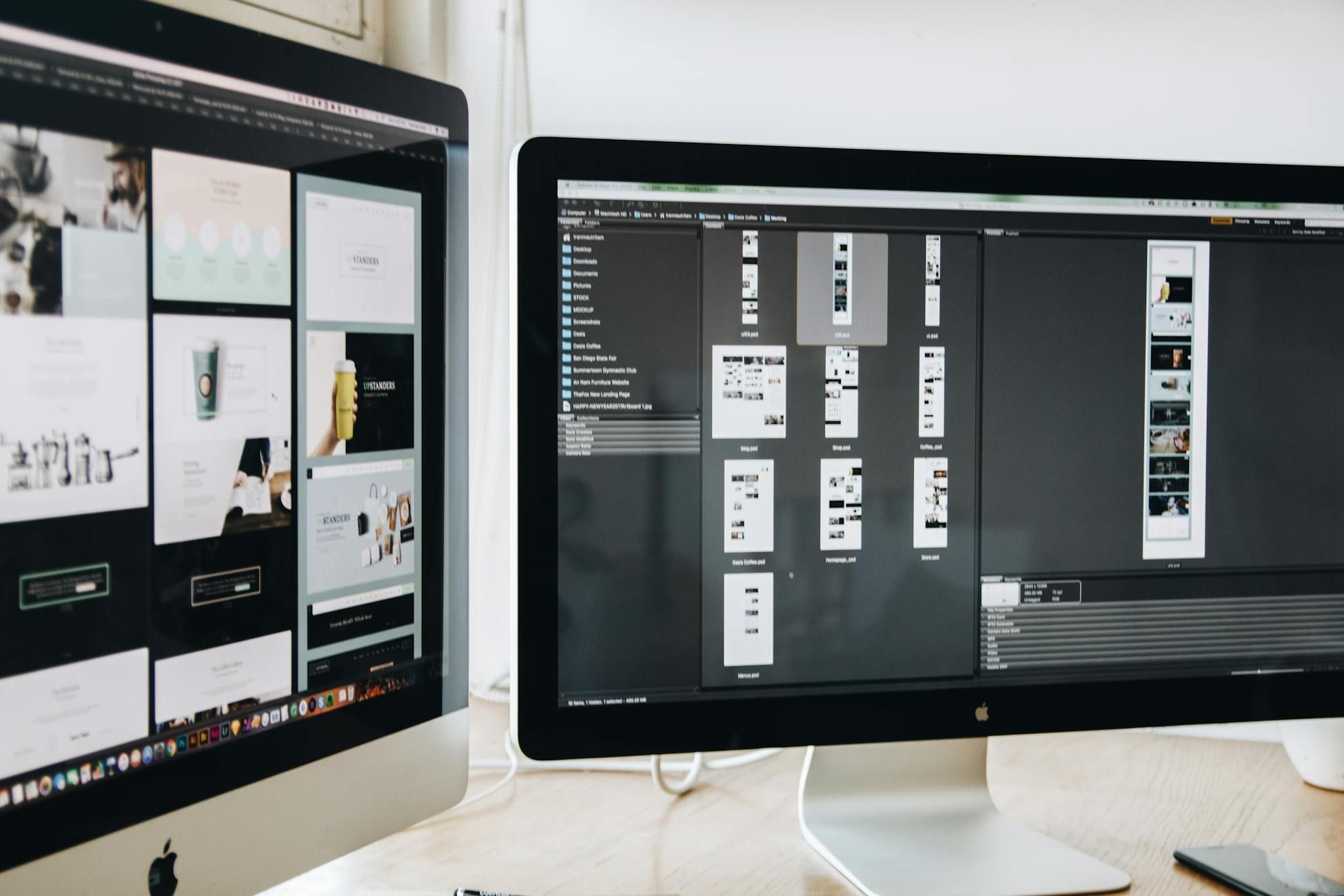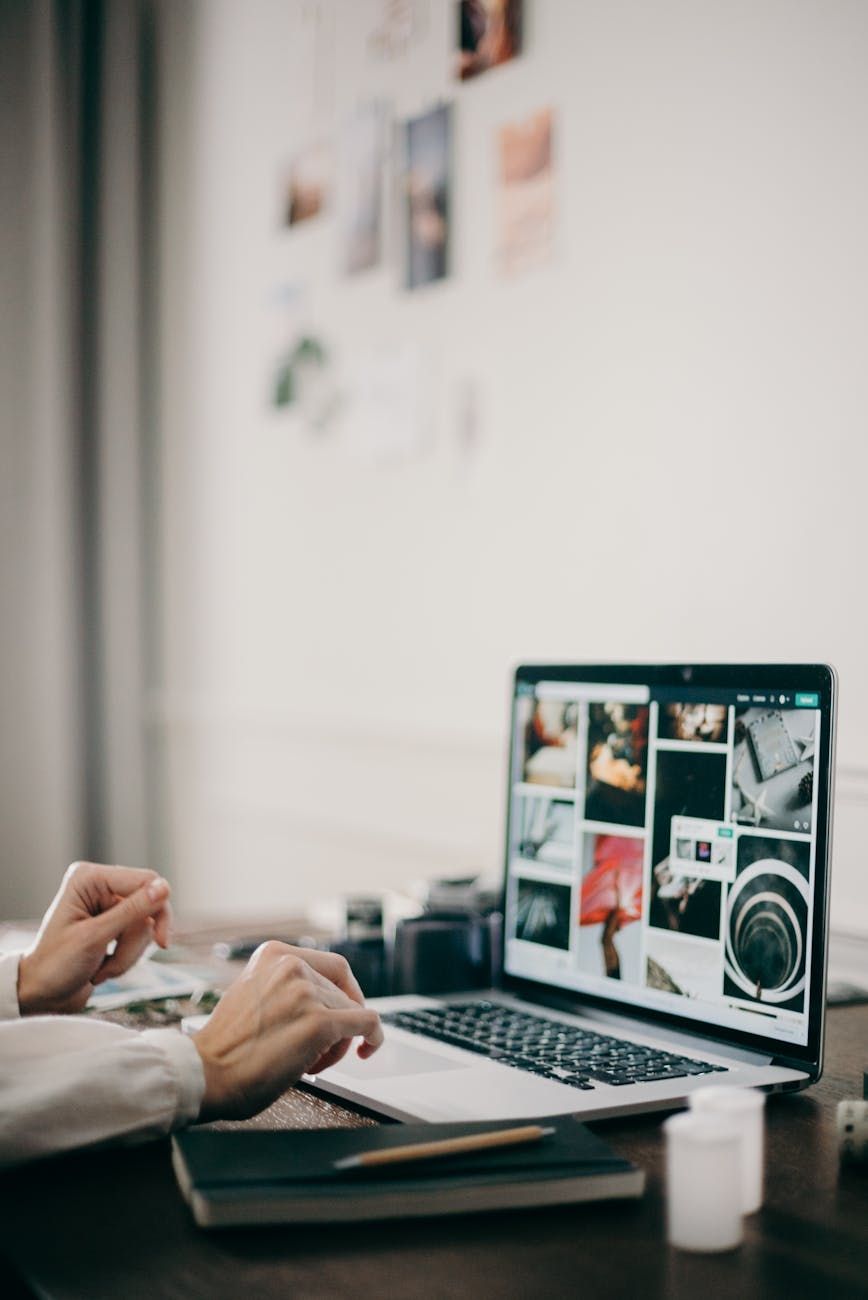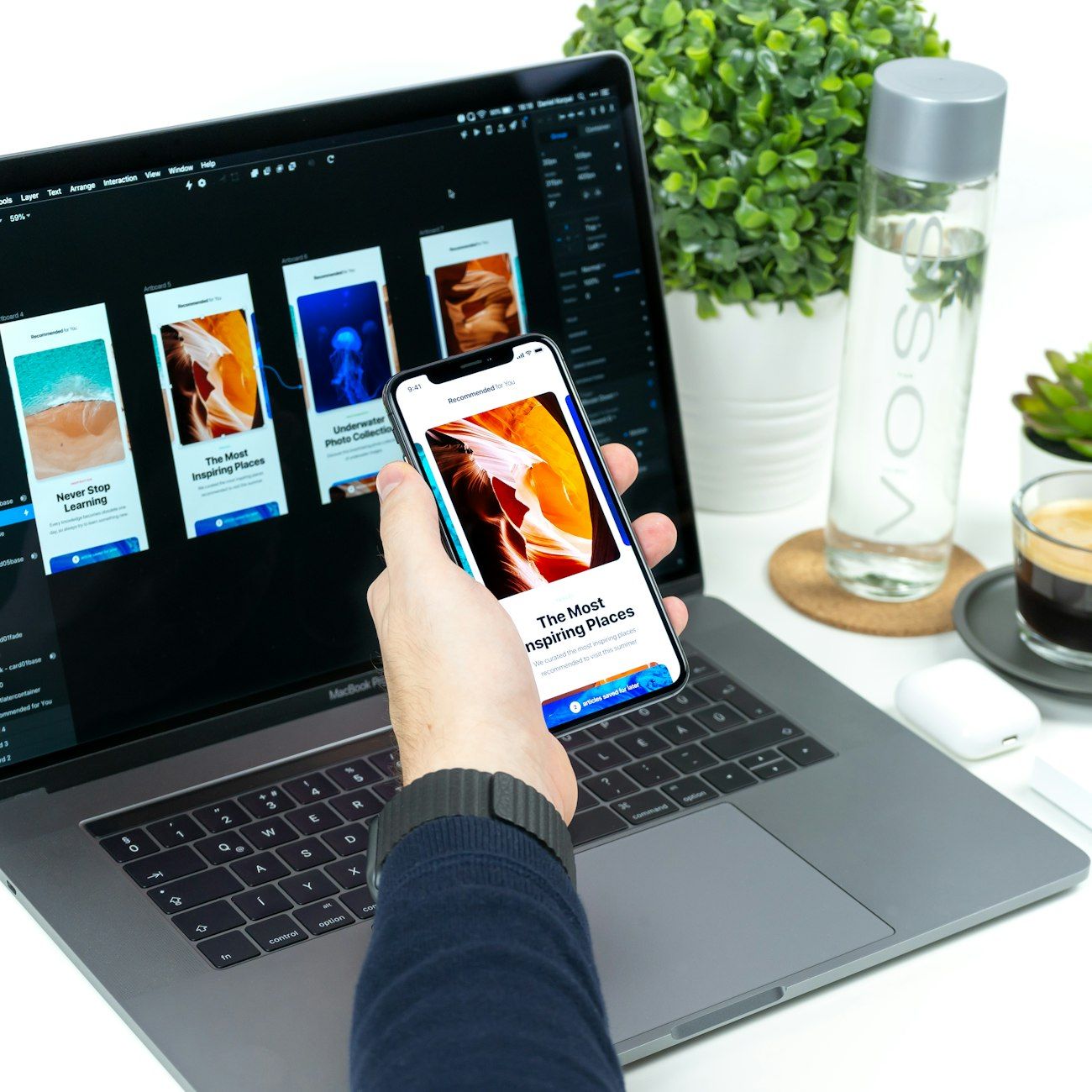The Future of Design: Innovations Shaping the Industry



In today’s fast-paced digital world, the design industry is evolving at an unprecedented rate. Innovations across technology, materials, and creative thinking are redefining how designers create, communicate, and captivate audiences. The future of design promises not just aesthetic breakthroughs, but smarter, more functional, and sustainable solutions that impact every aspect of our lives.
Industrial Design: Pushing the Limits of Creativity
Industrial design is driving the transformation of physical products. With advances in materials science, 3D printing, and manufacturing, designers are crafting items that are visually striking, highly functional, and environmentally conscious. These innovations allow designers to experiment with shapes, textures, and durability like never before, setting new standards for quality and usability.
UX Design Trends: Crafting Seamless Experiences
User experience (UX) design remains a cornerstone of modern innovation. Designers are creating intuitive, fluid experiences that meet rising user expectations across apps, websites, and digital platforms. By leveraging insights from behavior analytics and human-centered design principles, UX designers ensure that every interaction is meaningful, engaging, and effortless.
Graphic Design: Capturing Attention in the Digital Era
The world of graphic design is being reimagined. Social media, digital campaigns, and interactive media demand creativity that communicates instantly and memorably. Designers are exploring bold visuals, animated graphics, and immersive storytelling techniques, turning traditional design into a dynamic, interactive experience that resonates with modern audiences.
Emerging Design Tools: Expanding Creative Possibilities
New design tools are enabling unprecedented creative freedom. From 3D modeling software to AI-powered design assistants, technology provides designers with the resources to experiment, iterate, and innovate faster than ever. These tools streamline workflows, enhance precision, and allow creative visions to be realized in ways that were once unimaginable.
Modern Design Strategies: Innovative Problem-Solving
Modern design strategies are reshaping the creative process. Concepts like design thinking, agile methodologies, and user-centric approaches empower designers to solve complex problems effectively. By combining strategic thinking with creativity, designers can deliver solutions that are not only functional but also resonate emotionally with users.
Everyday Benefits: Design in Daily Life
The impact of modern design goes beyond aesthetics. Thoughtfully designed products enhance everyday life, making tasks easier, environments more engaging, and experiences more enjoyable. Whether it’s a tool, app, or piece of furniture, good design combines practicality with comfort, ensuring users feel both empowered and inspired.
Health and Sustainability: Designing Responsibly
Health-conscious and sustainable design is becoming increasingly important. Products that support ergonomics, natural movement, and posture improve wellbeing, while eco-friendly materials and energy-efficient solutions reduce environmental impact. Designers are now balancing functionality, aesthetics, and responsibility to create innovations that benefit both people and the planet.
Collaboration: Breaking Down Silos
The future of design thrives on collaboration. Interdisciplinary teamwork allows designers to combine knowledge from tech, science, and the arts, producing innovative solutions that wouldn’t be possible in isolation. Diverse perspectives spark creativity, driving projects that are both forward-thinking and impactful.
Adaptability: Staying Ahead in a Changing Industry
Flexibility and adaptability are critical traits for today’s designers. The ability to embrace new tools, learn continuously, and pivot strategies quickly ensures competitiveness in a rapidly evolving industry. Designers who cultivate curiosity and resilience are best positioned to shape the trends of tomorrow.
Conclusion: Embracing the Future of Design
The future of design is dynamic, inspiring, and full of opportunity. By embracing innovation, modern strategies, and sustainable practices, designers can unlock new creative possibilities. Staying informed, adaptable, and collaborative allows designers not just to survive, but to thrive in a constantly changing landscape, driving meaningful impact through their work.




